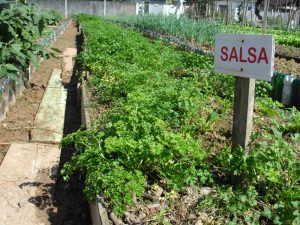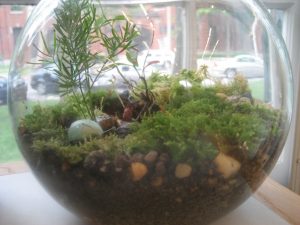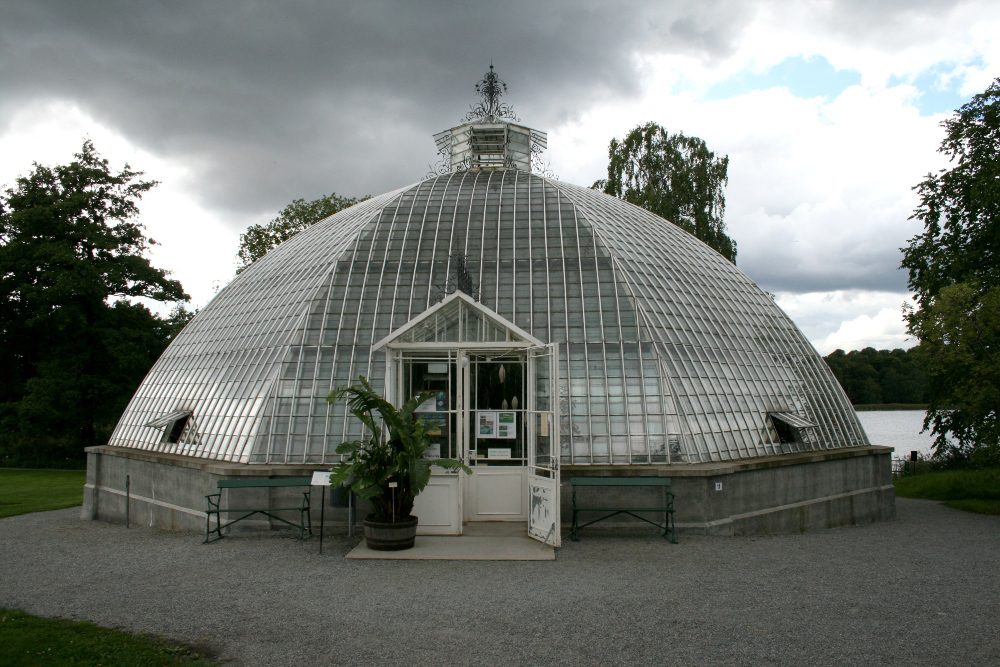
Victorian greenhouses, renowned for their elegance and functionality, are not just relics of the past but can be a delightful addition to any modern home garden. For DIY garden builders and home renovators, constructing this type of greenhouse gardening is a rewarding project that blends historical charm with practical gardening needs.
This article guides you through building your Victorian greenhouse. We provide tips, design ideas, and maintenance advice to bring this classic structure into your backyard.
Understanding Design for Victorian Greenhouses
Contents
- 1 Understanding Design for Victorian Greenhouses
- 2 Planning and Preparation of Your Victorian Greenhouse
- 3 Building the Foundation and Structure
- 4 Installing Glass and Ventilation on Victorian Greenhouses
- 5 Interior Design and Plant Arrangement
- 6 Maintenance and Upkeep of Your Victorian Greenhouses
- 7 Conclusion
With their distinctive architecture and timeless elegance, Victorian greenhouses offer more than just a space for plant cultivation. They are a testament to the Victorian era’s dedication to beauty and functionality in garden design. This section explores the key aspects of Victorian greenhouse design, helping DIY builders incorporate these elements into their projects.
Historical Inspiration and Aesthetics
Victorian greenhouses originated during the 19th century, an era marked by a fascination with botany and exotic plant collections. Influenced by Gothic and Romanesque styles, these greenhouses were functional and decorative.
Their ornate details, such as finials, crestings, and decorative ridge cresting, set them apart from their contemporaries. Incorporating these aesthetic elements for DIY builders can add a historical touch to modern gardens.
Structural Features
Steep roof pitches and narrow glass panes characterize the structure of Victorian greenhouses. This design was visually appealing and practical, maximizing sunlight exposure and improving drainage. Using wrought iron or wood in frames, combined with glass, created a durable yet elegant structure. When building your own, consider these features to achieve an authentic look and efficient functionality.
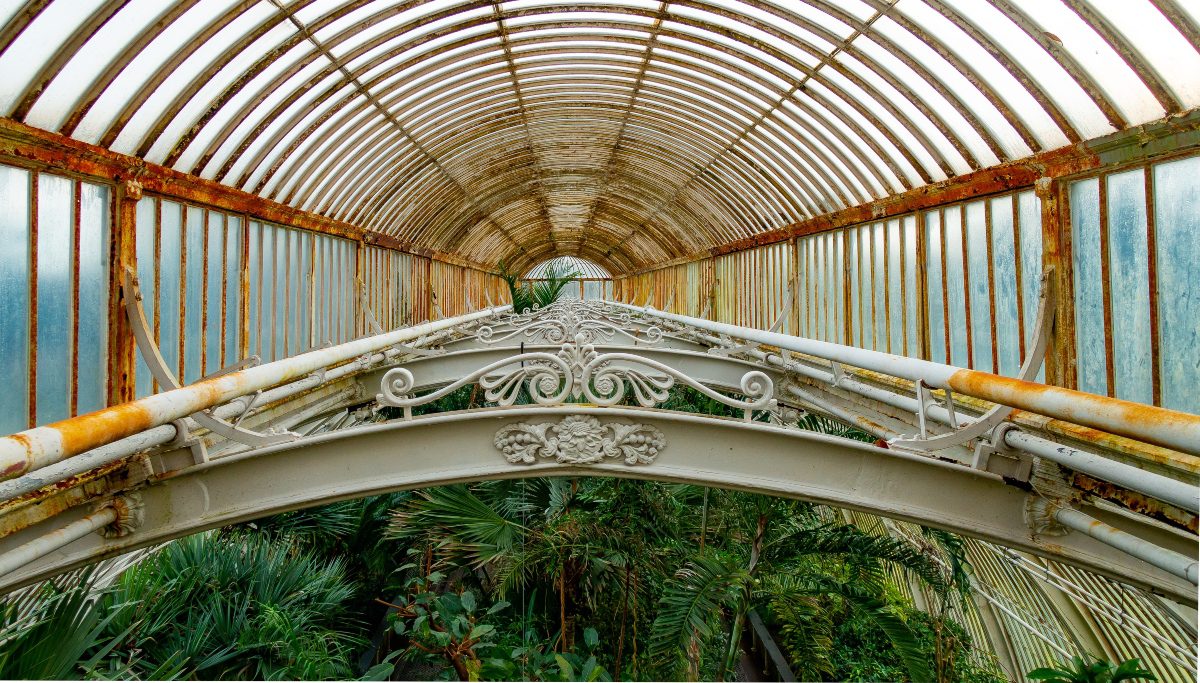
Glass and Framing
The use of glass in Victorian greenhouses was revolutionary at the time. The development of sheet glass allowed for larger, clearer panes, enhancing light transmission. Frames were often painted in dark colors, strikingly contrasting the lush greenery inside. DIY builders should choose high-quality glass and consider frame colors that complement their garden’s aesthetic.
Ventilation Systems
Proper ventilation was crucial in Victorian greenhouses to regulate temperature and humidity. Ridge-and-furrow roofing, along with operable windows and vents, provided natural ventilation. These features are vital for modern greenhouses, too, ensuring plant health and reducing the risk of disease.
Size and Scale
Victorian greenhouses varied in size, from small structures in private gardens to large public conservatories. Your choice should depend on available space, budget, and the types of plants you wish to grow. Even a small Victorian greenhouse can significantly impact your garden’s appearance and functionality.
Incorporating Modern Elements
While staying true to historical designs is appealing, incorporating modern elements can enhance the efficiency and sustainability of your greenhouse. Modern materials like polycarbonate can be used as an alternative to glass, offering durability and better insulation. Solar panels and automated watering systems can also be integrated for a more eco-friendly and low-maintenance greenhouse.
Planning and Preparation of Your Victorian Greenhouse
Building a Victorian greenhouse is an exciting project that requires thorough planning and preparation. This section will guide you through the essential steps to ensure your Victorian greenhouse looks beautiful but is also functional and sustainable.
Assessing Your Garden Space
Understanding Your Garden’s Layout
Before you begin, understand the layout of your garden. Consider the space available and how a Victorian greenhouse will fit into it. Think about sunlight exposure, wind patterns, and proximity to your home. The ideal location should receive ample sunlight, especially during the winter months.
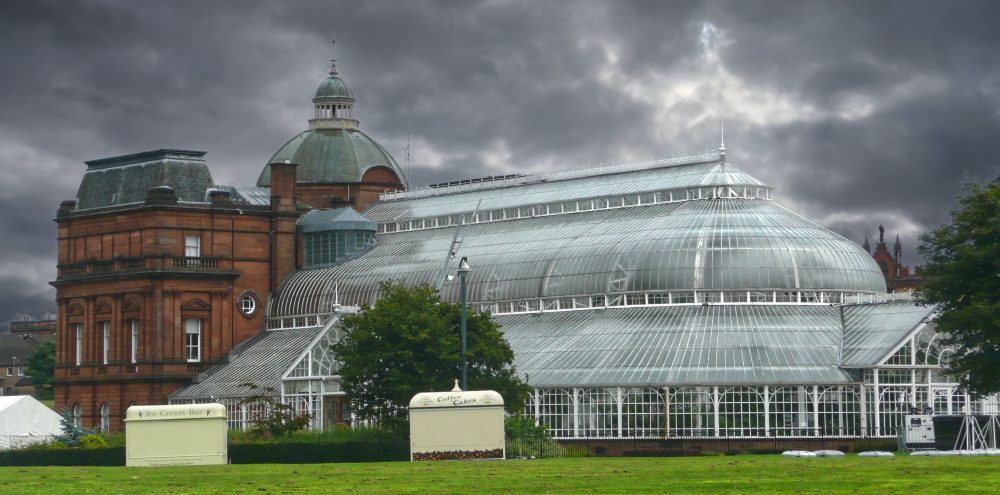
Soil and Ground Conditions
Examine the soil and ground conditions where you plan to build your greenhouse. The foundation of Victorian greenhouses needs stable, level ground. If your garden has uneven terrain or poor soil quality, you may need to consider additional groundwork.
Choosing the Right Design
Size and Style Considerations
Victorian greenhouses come in various sizes and styles. Decide on a size that fits your garden and meets your gardening needs. The style should complement your home’s architecture. Consider classic Victorian design elements like steep roofs, decorative trims, and ornate details.
Customization for Your Needs
Think about how you will use your greenhouse. To grow tropical plants, you’ll need a design to maintain a warm, humid environment. For kitchen gardens, look for designs with easy access and efficient space utilization.
Gathering Materials and Tools
List of Necessary Materials
Create a comprehensive list of materials needed for your Victorian greenhouse. This list should include framing materials (like wood or metal), glass panels, foundation materials, and any decorative elements. Research the best materials that balance authenticity and durability.
Tools and Equipment
Gather the necessary tools for construction. Basic tools might include hammers, saws, screwdrivers, and drills. You might need specialized equipment like glass cutters or welding tools for more complex tasks.
Understanding Local Regulations
Building Permits and Restrictions
Before construction, check permits and building codes with your local building authorities. Some areas may have specific regulations for structures like Victorian greenhouses, especially in historic districts.
Neighborhood Considerations
If you live in a community with a homeowners’ association, review any guidelines they may have. It’s important to ensure that your Victorian greenhouse project complies with local rules and doesn’t cause disputes with neighbors.
Creating a Detailed Plan
Blueprints and Layouts
Develop detailed blueprints or layouts of your Victorian greenhouse. This plan should include dimensions, design elements, and the location of doors, windows, and ventilation systems. A well-thought-out plan is crucial for smooth construction.
Budgeting and Timeline
Set a realistic budget for your project. Include costs for materials, tools, and any professional help you might need. Establish a timeline for your project, considering factors like weather conditions and your availability.
Building the Foundation and Structure
Constructing a solid foundation and sturdy structure is critical for the longevity and functionality of Victorian greenhouses. This section will guide you through building a foundation and erecting the structure, ensuring your greenhouse is both durable and aesthetically pleasing.
Choosing the Right Foundation Type
The foundation type for your Victorian greenhouse depends on your soil type, climate, and greenhouse size. Common options include concrete slabs, which offer stability and durability, and brick or stone foundations, which add a traditional aesthetic.
Preparing the Site
Clear the site of any debris and level the ground. Dig a trench to the required depth for a concrete foundation, usually around 6-8 inches. Ensure the trench is level, as an uneven foundation can lead to structural issues later.
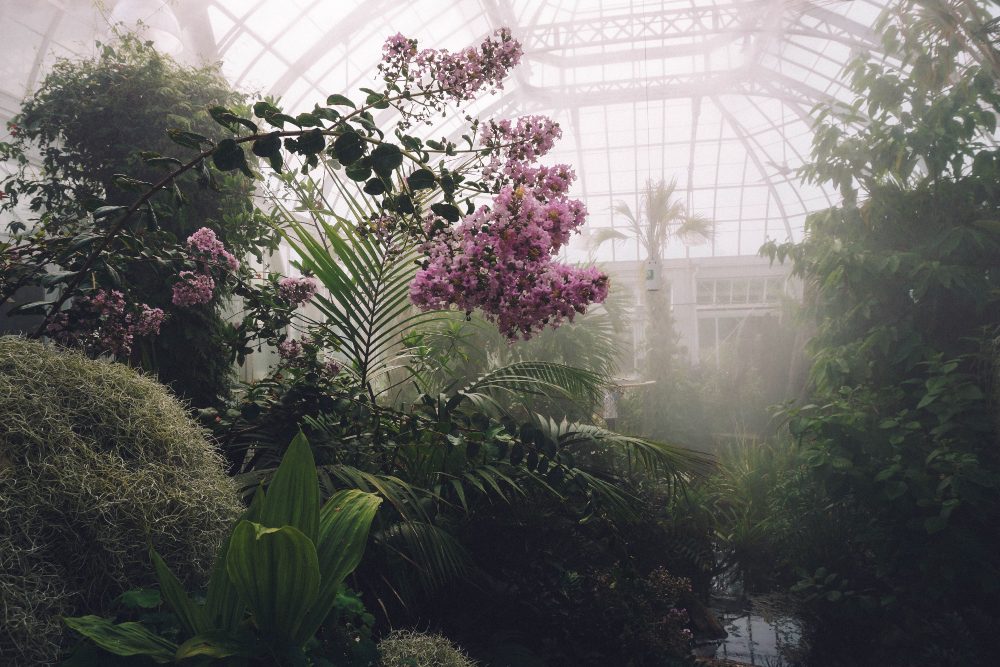
Pouring the Concrete
Mix the concrete according to the manufacturer’s instructions if using a concrete slab. Pour the concrete into the trench and use a screed board to level it. Allow the concrete to cure for the time specified by the manufacturer, typically around 24-48 hours.
Building a Brick or Stone Foundation
For a brick or stone foundation, lay the bricks or stones in a level layer of mortar. Ensure each layer is level and the bricks are properly aligned. Allow the mortar to set before proceeding with the next layer.
Assembling the Frame
Once the foundation is set, begin assembling the frame of your Victorian greenhouse. If using a kit, follow the manufacturer’s instructions. For custom designs, erect the main support beams, anchoring them to the foundation.
Adding the Roof Structure
Install the roof trusses or beams, adhering to the steep pitch typical of Victorian greenhouse designs. Ensure that each truss is securely fastened and aligned correctly.
Securing the Frame
Once the basic frame is up, reinforce it with additional supports. This step is crucial for stability, especially in high winds or heavy snowfall areas.
Building the Walls
Construct the walls using your chosen materials, whether glass, polycarbonate or a combination. Install the glass panes or panels securely within the frame, ensuring no gaps.
Installing Supports and Decorative Elements
Add any additional supports needed for structural integrity. This includes cross beams, braces, or any other reinforcements. Install decorative elements like finials or cresting to enhance the Victorian aesthetic.
Sealing and Waterproofing
After the structure is complete, seal gaps and joints to make the greenhouse watertight. Use a suitable sealant for the materials you have used.
Painting and Decorating
If your frame requires painting, choose a color that complements the Victorian style. Traditional Victorian greenhouses often feature dark green or black frames, but you can choose a color that suits your preference and garden design.
Installing Glass and Ventilation on Victorian Greenhouses
A crucial step in constructing Victorian greenhouses is installing glass and an effective ventilation system. This stage ensures optimal growing conditions for plants while maintaining the aesthetic charm of the greenhouse.
Selecting the Right Type of Glass
Choose a glass type that offers clarity, durability, and insulation. Tempered or laminated glass is recommended for its strength and safety. For a more authentic look, you might consider using traditional horticultural glass.
Preparing for Installation
Before installing the glass, ensure the frame is clean and debris-free. Check that each frame section is square and true to ensure a snug fit for the glass panes.
Installing the Glass Panes
Install the glass panes carefully into the frame. Use glazing clips or rubber seals to secure the panes in place. Ensure that each pane is firmly seated and that there are no gaps around the edges. Seal any joints with a silicone sealant to prevent leaks.
Importance of Ventilation
Proper ventilation is crucial in a greenhouse to control temperature and humidity levels. It helps prevent plant diseases and provides a comfortable environment for gardening activities.
Types of Ventilation
Incorporate both roof vents and side vents into your Victorian greenhouse. Roof vents allow hot air to escape, while side vents bring in cooler air, creating a natural airflow.
Automated Ventilation Options
For ease of use, consider installing automated vent systems. These can be set to open and close based on temperature and humidity levels, ensuring optimal conditions are always maintained.
Manual Ventilation Options
If automated systems are not feasible, ensure that vents can be easily opened and closed manually. Proper placement and ease of access are key for effective manual ventilation.
Ensuring Adequate Airflow
The number and size of vents should be proportional to the size of your greenhouse. A general rule is vent openings equivalent to 20% of the floor area.
Insect Screens
Fit vents with insect screens to keep out pests while allowing air to circulate freely. This is particularly important in areas prone to insects that could harm plants.
Inspecting for Leaks
After installing the glass and vents, inspect the greenhouse for leaks during wet weather. Address any issues immediately to prevent water damage or mold growth.
Testing Ventilation Efficiency
Test the efficiency of your ventilation system on warm days to ensure it adequately regulates temperature and humidity. Adjust as necessary to achieve the desired climate for your plants.
Interior Design and Plant Arrangement
The interior design and plant arrangement within Victorian greenhouses are as important as their structural elements. This section focuses on optimizing the space inside your greenhouse for plant growth while capturing the Victorian era’s aesthetic charm.
Maximizing Space Usage
Plan the interior layout to maximize plant growth space while allowing for easy movement. Use benches, shelves, and hanging planters to create multiple levels and sections. This not only increases your growing area but also adds visual interest.
Pathways and Accessibility
Ensure pathways are wide enough for comfortable movement. Materials like gravel, brick, or stone can be used for pathways, adding to the Victorian ambiance while providing practical, non-slip surfaces.
Utilizing Vertical Space
Vertical space is often underutilized in greenhouses. Install trellises or shelving against walls to grow climbing plants or to display potted plants. This approach is both space-efficient and visually appealing.
Incorporating Decorative Details
Add Victorian styling elements such as ornate plant stands, antique gardening tools, and classic pots to enhance the historical feel. These elements should complement the plants without overwhelming the space.
Color Palette and Materials
Choose a color palette that reflects the Victorian era’s elegance. Rich, deep greens, burgundy, and earth tones work well. Materials like wrought iron and wood for furniture and accessories can also enhance the Victorian aesthetic.
Lighting and Accessories
Consider installing period-appropriate lighting fixtures for use on darker days or evenings. Decorative yet functional accessories like brass watering cans or vintage seed boxes can add charm and utility.
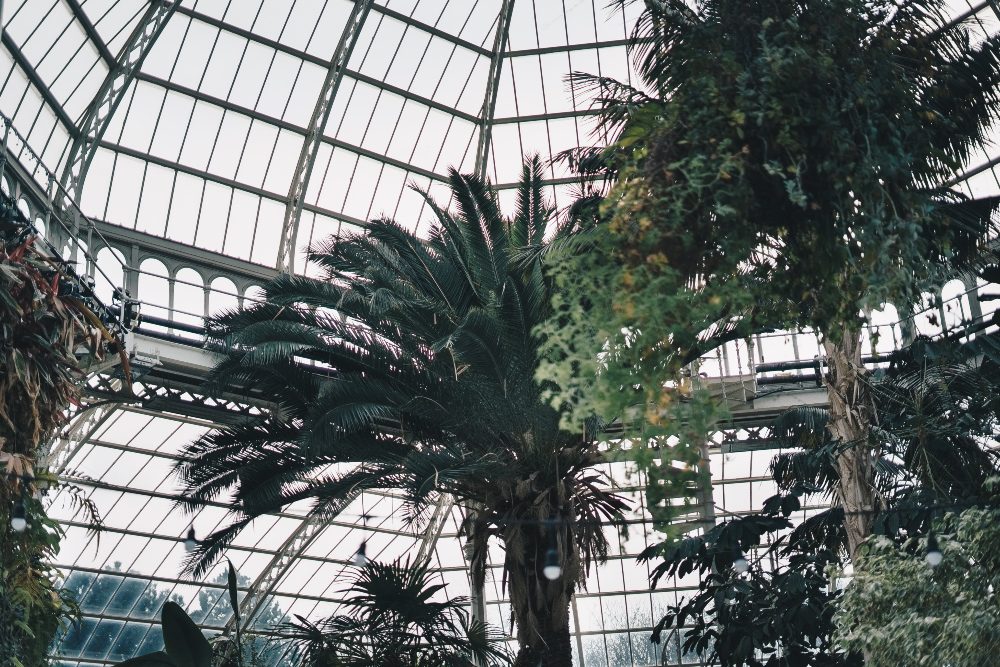
Choosing Plants for Your Greenhouse
Selecting the right plants is crucial for creating a thriving environment in your Victorian greenhouses. Here are some plant recommendations, each with a brief description and basic growing tips:
- Orchids
Known for their exotic and diverse blooms, orchids are a staple in Victorian greenhouses. They come in various colors and sizes, making them a visually striking choice.
Orchids prefer high humidity and indirect light. Water them sparingly, allowing the soil to dry out between watering. Use an orchid-specific potting mix for best results.
- Ferns
Ferns add a touch of elegance and greenery with their lush green foliage and varying textures. They were highly popular during the Victorian era.
Ferns thrive in moist, shady conditions. They prefer consistent moisture but don’t like to be waterlogged. A rich, well-draining soil is ideal.
- Fuchsias
Fuchsias are perfect for adding color with their delicate, teardrop-shaped flowers. They come in various hues, including pinks, purples, and reds.
Place them in a spot with morning sun and afternoon shade. Keep the soil consistently moist and fertilize regularly during the growing season.
- Citrus Trees
Dwarf citrus trees, like lemons or oranges, can be grown in containers. They provide fragrant blossoms and edible fruit, adding a practical element to your Victorian greenhouses.
Citrus trees need full sun and regular watering. Ensure good air circulation and use a citrus-specific fertilizer. Protect them from cold drafts in winter.
- Camellias
These evergreen shrubs are known for their beautiful, rose-like flowers. They add a splash of color during the winter and early spring months.
Camellias prefer a slightly acidic, well-draining soil. They need a sheltered spot with dappled sunlight and protection from the afternoon sun.
- Begonias
Begonias offer vibrant flowers and interesting foliage. They are versatile and can be used in hanging baskets, pots, or beds within the greenhouse.
Provide bright, indirect light and moderate humidity. Water when the soil surface feels dry, and use a well-draining soil mix.
- Cacti and Succulents
For a low-maintenance option, cacti and succulents are ideal. They add architectural interest and come in an array of shapes and sizes.
These plants require bright light and minimal watering. Allow the soil to dry completely between watering. Use a cactus mix soil for best results in your Victorian greenhouses.
- Herbs
Growing herbs like basil, thyme, and parsley can be both decorative and practical. They are easy to grow and can be used in your cooking.
Most herbs prefer full sun and well-draining soil. Regular harvesting encourages more growth. Monitor water needs, as different herbs have varying requirements.
- Tomatoes
Tomatoes are a popular choice for greenhouses. They provide fresh produce and require a warm environment to thrive.
Plant them in rich, well-draining soil. They need consistent watering and plenty of sunlight. Stake or trellis them for support as they grow.
- African Violets
These small houseplants have velvety leaves and vibrant flowers. They are great for adding a pop of color to smaller spaces in your Victorian greenhouses.
Keep them in a spot with moderate to bright, indirect light. Use room-temperature water and avoid getting water on the leaves. They prefer high humidity and well-draining soil.
Thematic Zones
Create thematic zones within your greenhouse, such as a section for herbs, tropical plants, or flowering species. This organizes your plants and creates an interesting and diverse environment.
Seasonal Rotation
Plan for seasonal rotation of plants. Some plants may need to be moved outside during the summer months, while others might require the warmth of the greenhouse. This rotation keeps the greenhouse dynamic and full of life throughout the year.
Irrigation and Feeding
Install an efficient irrigation system to ensure plants receive the right water for your Victorian greenhouses. Consider drip irrigation or soaker hoses for uniform watering. Also, plan a feeding schedule appropriate for the different types of plants you are growing.
Pest Control and Maintenance
Implement a pest control strategy to keep plants healthy. Regular inspections, natural predators, and environmentally friendly sprays can be effective. Also, maintain cleanliness to prevent disease and pests.
Maintenance and Upkeep of Your Victorian Greenhouses
Regular maintenance and upkeep are essential to ensure your Victorian greenhouse remains a beautiful and functional space for years. Here’s a guide to help you keep your greenhouse in top condition.
Cleaning Glass Panels
Regularly clean the glass panels of your Victorian greenhouses to allow maximum light penetration. Use a mild detergent and a soft cloth or sponge to avoid scratching the glass. Remove any algae or moss to prevent shading and potential damage.
Frame and Structure Cleaning
Cleaning Victorian greenhouses’ frames and structural elements at least once a year is recommended. Check for rust on metal parts and treat accordingly. If your frame is wooden, look for signs of rot or insect damage and address them promptly.
Spring Preparation
In spring, check for any winter damage to any of your Victorian greenhouses. Repair or replace broken glass panels and ensure all ventilation systems work correctly. It’s also a good time to tidy up inside, rearrange plants, and start seedlings.
Summer Upkeep
During summer, ensure adequate ventilation to prevent overheating. Regularly water your plants, and watch for pests and diseases. Prune any overgrown plants to maintain airflow and light penetration.
Autumn Clean-Up
Autumn is the time to prepare Victorian greenhouses for winter. Remove any plant debris and disinfect surfaces to prevent disease. Check and repair insulation and heating systems if you plan to use them in the winter.
Winter Care
In winter, clear snow from the roof to prevent damage to Victorian greenhouses. Check the heating and insulation regularly to ensure a consistent temperature. It’s also a good time for thorough cleaning and planning for the next season.
Regular Checks
Regular inspection of the Victorian greenhouses’ ventilation system ensures a smooth operation. Oil any moving parts if necessary and ensure that automated systems function correctly.
Clearing Vents
Keep vents clear of debris to ensure they can open and close freely. This is important for maintaining your Victorian greenhouses’ temperature and humidity levels.
Monitoring for Pests
Regularly inspect plants for signs of pests. Use natural predators, such as ladybugs for aphids, or environmentally friendly pesticides.
Disease Prevention
Good hygiene is key to disease prevention. Remove diseased plants immediately, and avoid overwatering or overcrowding your plants.
Annual Checks
Once a year, check the entire structure for any signs of wear or damage. Look for loose fittings, leaks, or cracks and repair as needed.
Strengthening the Structure
Consider adding extra supports or braces if you live in an area with heavy snowfall or high winds. This can prevent structural damage during extreme weather.
Incorporating New Technologies
Stay updated with new greenhouse technologies. Consider adding solar panels, LED grow lights, or smart irrigation systems to improve efficiency and sustainability.
Refreshing the Interior
Every few years, consider refreshing the interior of your greenhouse. This could involve repainting, rearranging the layout, or introducing new plant varieties.
Conclusion
In crafting a Victorian greenhouse, you embark on a journey that blends historical elegance with modern gardening. These greenhouses are living spaces where beauty and functionality coexist. Our guide helps you erect and maintain these iconic gardens in your outdoor space, helping you boost the aesthetic of your home.


